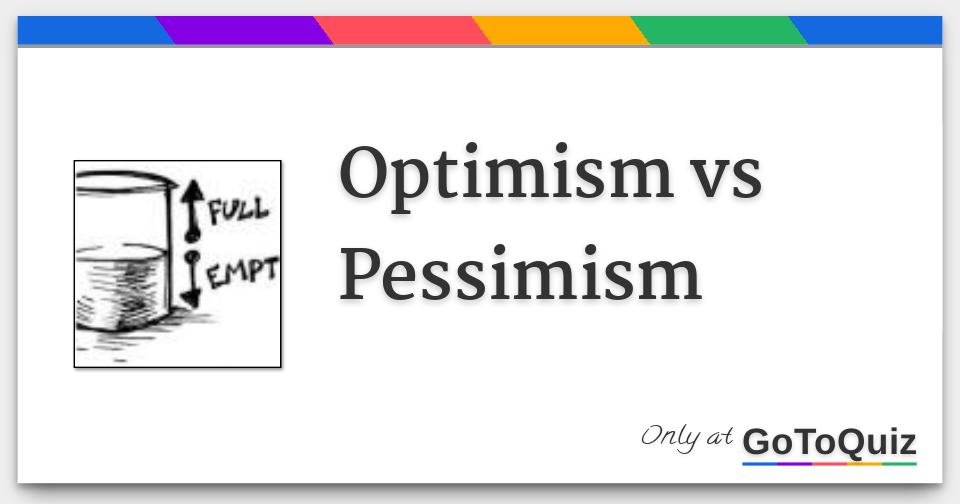
Half of this case is easy to make: Convincing human beings that they need optimism has never been difficult. As we cannot do without them, we’d do well to try to harness their benefits and minimize the damage they do. Contending with our conflicting waves of optimism and pessimism is an inescapable part of planning for the future. So even if a pill should come into existence that would allow you to disconnect from the ups and downs of your feelings about the future, you would be foolish to take it. The lesson here is clear: We can’t sustain our plans and projects if we’re disconnected from our passionate and distorted perceptions about their future. Unmoved by his own unraveling, he simply watched with mild interest, as if it were happening to someone else.

Without such feelings to focus his attention, he would spend hours deciding what color pen to use, or where to eat his lunch. As one of his physicians, the neuroscientist Antonio Damasio, has written, the man’s brain worked normally in all other respects-so well, in fact, that he couldn’t obtain disability payments-but his lack of highs and lows made him seem “an uninvolved spectator” in his own life.

For example, after a tumor damaged the ventromedial region in the brain of one formerly successful businessman, he lost his marriage and his job.
In between optimism and pessimism free#
They are free of the highs of optimism and the lows of pessimism, and their lives don’t work. The answer is well established by research on the basis of decision making in the brain-thanks to studies of unfortunate patients who have brain damage in the ventromedial frontal lobe, a region necessary for making us aware of our emotions. Wouldn’t it be great if we didn’t do that-if we could use a drug, or judicious zaps to the brain, to eliminate these distortions? Wouldn’t it be great to see through the window into the future as if it were a distortion-free glass of crystal-clear water? (For instance, it appears that the likelihood of scoring high on a widely used test of optimism is partly genetic.) And that means, by definition, that we are ignoring reality, applying our preferred outlook to new situations, rather than judging each on the merits. Conversely, real pessimism is the conviction that none of this list is true.Īll other things being equal, people have habitual, temperamental tendencies toward one outlook or another, about which they may not have much control. The optimist is prone to think that bad events are, first, generally not part of a pattern, second, not caused by the optimist’s own mistakes, and third, easily compartmentalized (in other words, when the car breaks down, the optimist doesn’t assume this means the rest of the day will go sour). According to one leading psychological theory, it is a style of thinking about adversity.

Rather, optimism is a sense that the unknown problems of the future can and will be solved. It is, rather, a distorting mirror, thanks in no small part to its optimistic and pessimistic impulses.įew people, of course, are so purely, foolishly optimistic as to think that nothing can go wrong, and just as few live with an Eeyore-like insistence that everything will. Science in the past 20 years has made it abundantly clear that the human mind is not a clear pane through which we see reality. And yet, has anyone reading this-or any organization to which they’ve belonged-gotten through a project without these waves of overly rosy and overly gloomy intuitions? Producing this article could have been achieved in less time, and with less stress, without spending emotional capital on those highs and lows. Now, at the end of the project, both the up and down swings look like kind of a waste. Then, I’d gone overboard in the other direction. Why, I wondered, did I take this thing on? Then I hit some bumps, then a few more, and the day came when I began to feel I might barely get through it.

As I began work on it, I thought it would be compelling, insightful and influential.


 0 kommentar(er)
0 kommentar(er)
